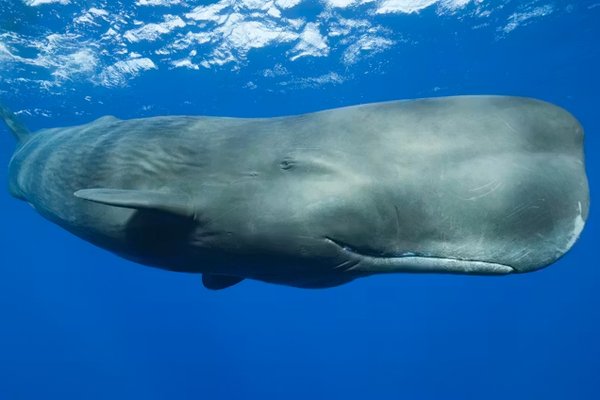More than Maratus
An interview with Maratus: A Documystery director Simon Cunich.
Citizen science is creating opportunities for amateur naturalists, science enthusiasts and people who are just plain curious to make valid contributions to research science.
Maratus: a Documystery is the story of Stuart Harris and his three year quest to recapture a tiny, undescribed spider that he, by chance, took a photo of.
We asked Simon Cunich, the director of Maratus, a few questions about citizen science, his documystery, and why sharing science stories is so important.
Ellie: What makes citizen science such a great subject for storytelling?
Simon: Citizen science often involves people pursuing answers and embarking on searches, sometimes in a way that changes the focus of their lives. That was definitely the case for Stuart Harris and his search for the peacock spider. It just so happens that quests and transformations have always been important elements of a good story.
You call the film a 'documystery'. Can you tell us what that means to you?
I chose to call the film a documystery to emphasise the fact that it's not just an informational science documentary. It also involves a narrative adventure; it’s not only about Stuart's search for the spider, but the entire way his world changes as a result of randomly taking a photo of something he thought was interesting.
You cited David Lynch and Blue Velvet specifically as inspiration for the documystery. What was about the Lynchian canon that lent itself so well to telling the story of Stuart, Jürgen and the Maratus?
The Blue Velvet connection came about almost accidentally. When I started filming with Stuart I noticed a projector and a large collection of DVDs in his house. Stuart told me he'd regularly get out his favourite, Blue Velvet, for repeat viewings. I'd seen it before but went away and watched it again. The parallels to Stuart's story were just bizarre – both are about men out of their depth, in a quest that takes over their lives; and there are all these other quotes and images from Blue Velvet that could have been written with Stuart's story in mind. So Stuart and I decided we should play with the parallels and it became a feature of the film.
Why do you think it is so important to capture and share science stories in film?
Science is often seen as something that only scientists do. Maratus is about how anyone and everyone can contribute to scientific understanding and discoveries. If we want to see more of this then science stories need to be shared in a way that anyone and everyone can engage with. That way there's more people asking questions and more people looking for answers, and more people applying scientific knowledge. Film is one way to share these stories and can help bring science to life.
The film has some pretty great characters; a self-described "boofhead garbage collector", an elusive tiny dancing spider and a German-born scientist who is a national mite expert for Australia. What was your favourite moment during filming with these three?
Filming the scene of Stuart and Jürgen searching for the spider together was really interesting. Here were two men from totally different backgrounds united by a common interest, or obsession.
The Australian Museum is screening Maratus: A Documystery on 2 February as part of the Citizen Science Stories series, followed by a Q&A panel moderated by Kate (Executive Director of NSW Office of Environment) with Simon Cunich, Stuart Harris and Dr. Jürgen Otto.
For more info visit the event listing or contact the Science Engagement team 02 9320 6389 | scicom@austmus.gov.au











